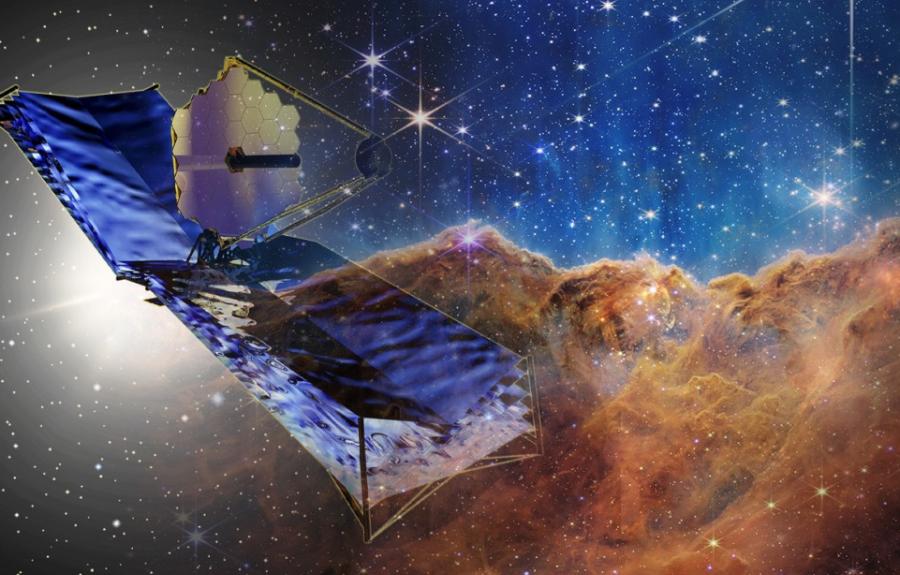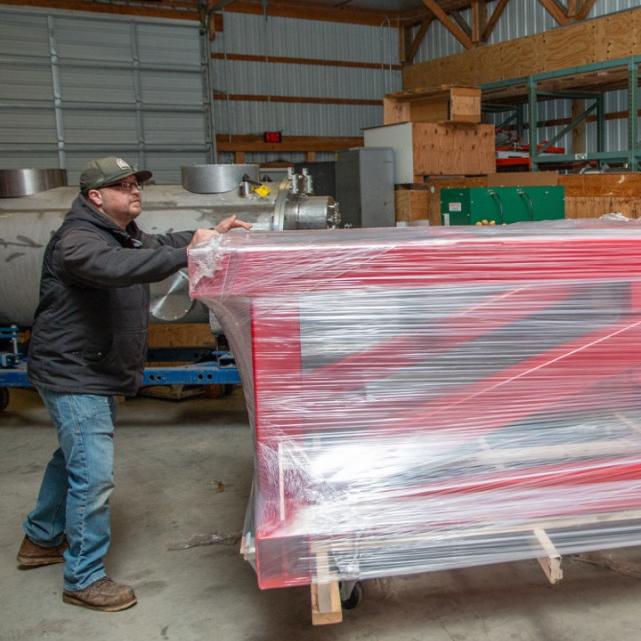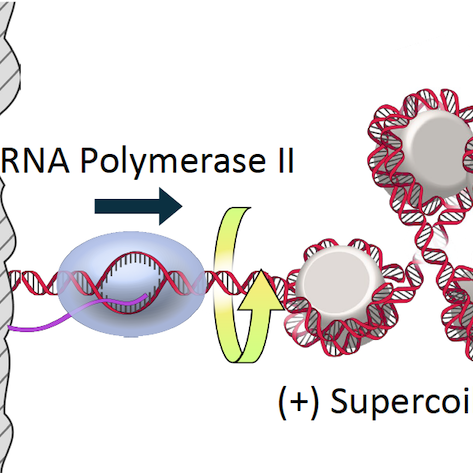In 1995, astronomers found the first known planet around a sun-like star outside our solar system. The news caused a buzz of excitement around the world. Finally we had proof of a planet orbiting another star like our own—the stepping stone, perhaps, to finding extraterrestrial life in far-distant solar systems.
Now, as of 2022, close to 5,000 exoplanets have been found. “We’ve gotten to the point where missions like TESS [Transiting Exoplanet Survey Satellite], for instance, are monitoring so many stars that when we process the data, planets just fall out of it,” says Nikole K. Lewis, Astronomy. “They just found 10 new planets today.”
The proliferation of new exoplanet discoveries is a gold mine for Lewis, a planetary scientist who studies the physics and chemistry that shape worlds beyond Earth. In particular, she looks for planets that exhibit relatively unique properties. “I like to find the unusual,” she says. “And then I think about how those unique processes may indicate something we scientists haven’t thought about before. I also explore why we don’t see those same processes happening on Earth, or maybe even on any of the other planets in our solar system.”
Read the full story in the Cornell Chronicle.







